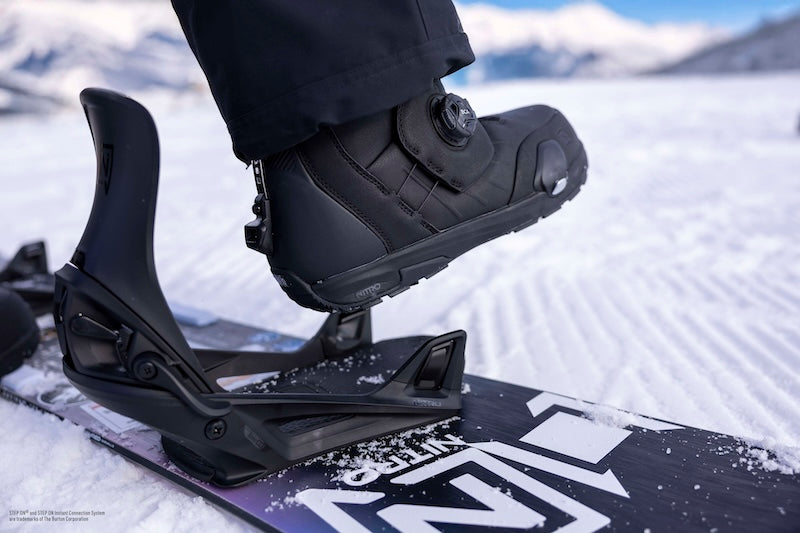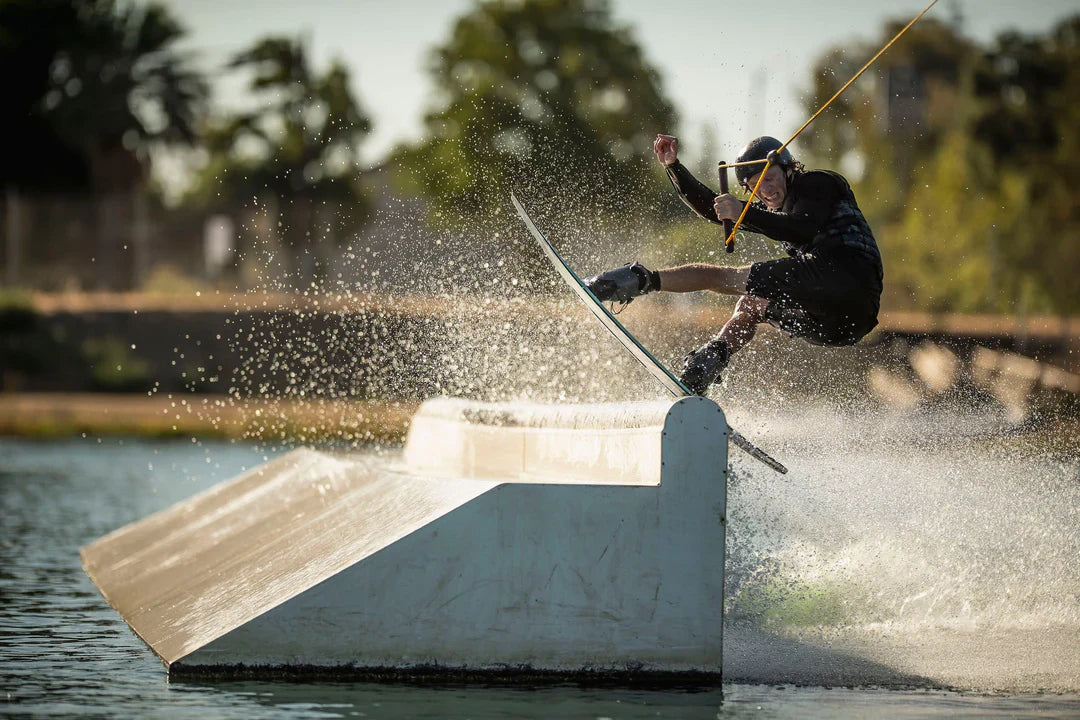Kite Loops
Introductions to Kite Loops and Mega Loops
Kitesurfing is an exhilarating water sport that combines elements of surfing, wakeboarding, and paragliding. One of the most exciting and advanced maneuvers in kitesurfing is kitelooping. Kitelooping involves flying the kite in a loop while in the air riding the board, creating an adrenaline-pumping experience. In this article, we will explore the secrets of kitelooping and provide a step-by-step guide on how to master this thrilling maneuver.
Benefits of learning how to kiteloop
Learning how to kiteloop in kitesurfing has numerous benefits. Firstly, it adds a whole new level of excitement to your kitesurfing sessions. The feeling of flying through the air while looping the kite is unmatched and will leave you craving for more. Secondly, kitelooping enhances your overall control and maneuverability on the water. It requires precise timing and coordination, helping you improve your kite control skills. Lastly, kitelooping allows you to perform advanced tricks and stunts, impressing your fellow kitesurfers and taking your riding to the next level.
Understanding the equipment needed for kitelooping - We use Core Kites - Core XR Pro
To successfully kiteloop, it is essential to have the right equipment. Two popular kite models for kitelooping are the Core XR Pro and the Core XR8. The Core XR Pro is a high-performance kite specifically designed for advanced riders who want to push their limits. It offers excellent stability and control, making it ideal for kitelooping maneuvers. On the other hand, The Core XR8 is a versatile kite suitable for both beginners and advanced riders. They provide a balanced combination of performance and ease of use, making them a popular choice among kiteloopers of all levels.
Step-by-step guide on how to kiteloop
-
Choose the right conditions: Before attempting to kiteloop, ensure that you have suitable wind conditions. Ideally, you want a steady wind between 15-25 knots. Avoid strong gusts or turbulent winds as they can make kitelooping more challenging.
-
Position yourself correctly: Start by positioning yourself downwind, ensuring that there is enough space for the kiteloop. Keep your kite at 12 o'clock or slightly higher to generate power.
-
Initiate the loop: To start the kiteloop, pull hard on your back hand while simultaneously diving the kite towards the water. This will generate the necessary power for the loop.
-
Control the loop: As the kite starts to loop, lean back and extend your legs to absorb the pull. Keep your eyes focused on the kite and maintain a balanced stance on the board.
-
Exit the loop: Once the kite completes the loop, gradually release tension on your back hand to allow the kite to climb back up. Simultaneously, redirect the kite towards the opposite side of the wind window to continue riding.
-
Practice and progress: Kitelooping requires practice and patience. Start with smaller loops and gradually increase the size as you gain confidence and control. Experiment with different timings and kite positions to discover your preferred style of kitelooping.
Common mistakes to avoid when kitelooping
While learning how to kiteloop, it is essential to be aware of common mistakes and avoid them to ensure your safety and progress. One common mistake is initiating the loop too aggressively, which can lead to excessive power and loss of control. It is crucial to start with smaller loops and gradually increase the size as you become more comfortable. Another mistake is not maintaining a balanced body position during the loop. Keep your body centered over the board with your eyes focused on the kite to maintain control. Lastly, be cautious of overlooping, which occurs when the kite loops too close to the water. Overlooping can result in crashes and tangles, so it's important to practice proper timing and kite control.
Safety tips for kitelooping
As with any high-intensity sport, safety should be a top priority when kitelooping. Here are some essential safety tips to follow:
-
Wear appropriate safety gear: Always wear a Kitesurf helmet, Kitesurf impact vest, and a Kitesurf harness with a quick-release Leash system. These will protect you in case of crashes or unexpected situations.
-
Check your equipment: Before each session, inspect your kitesurf kite, lines, and harness for any signs of wear or damage. Ensure that all connections are secure and functioning correctly.
-
Choose the right location: Kitelooping requires ample space, so choose a spot with enough room to perform the maneuver safely. Avoid crowded areas and be mindful of other water users.
-
Maintain a safe distance: Keep a safe distance from other kitesurfers and objects such as buoys or obstacles. This will minimize the risk of collisions and accidents.
-
Be aware of weather conditions: Stay informed about the weather forecast and avoid kitesurfing in extreme weather conditions such as thunderstorms or strong offshore winds.
Remember, safety should always be your priority when participating in any kitesurfing activity, including kitelooping.
Finding the right kitesurfing lessons for learning kitelooping
If you're new to kitesurfing or want to improve your kitelooping skills, taking kitesurfing lessons is highly recommended. Professional instructors can provide valuable guidance and ensure that you learn the proper techniques and safety protocols. Look for reputable kitesurfing schools or certified instructors who have experience in teaching kitelooping. They will have structured lesson plans and will help you progress at your own pace. At S2AS, we offer kitesurfing lessons for all levels, including specialized lessons focused on kitelooping. Book a lesson with us and unlock the secrets of kitelooping in kitesurfing.
Kitelooping techniques for advanced kitesurfers
For advanced kitesurfers who already have experience with kitelooping, there are various techniques to explore and master. One technique is the megaloop, which involves performing a massive kiteloop with maximum power and height. This advanced maneuver requires precise timing and control to execute properly. Another technique is the kite loop handle pass, where the rider releases the kite control bar mid-loop and performs a handle pass, grabbing the bar again before landing. This adds an extra level of difficulty and style to your kitelooping repertoire. As an advanced kitesurfer, it is essential to continually challenge yourself and explore new kitelooping techniques to further enhance your skills.
Conclusion: Mastering kitelooping in kitesurfing
Kitelooping is a thrilling and advanced maneuver that can take your kitesurfing skills to new heights. From the exhilarating feeling of flying through the air to the added control and maneuverability on the water, kitelooping offers numerous benefits. By understanding the equipment needed, following a step-by-step guide, avoiding common mistakes, and prioritizing safety, you can unlock the secrets of kitelooping. Whether you're a beginner starting your kitesurfing journey or an advanced rider looking to enhance your skills, taking kitesurfing lessons and exploring new techniques will help you master the art of kitelooping. So, grab your gear, head out to the water, and experience the adrenaline-pumping joy of kitelooping in kitesurfing.










